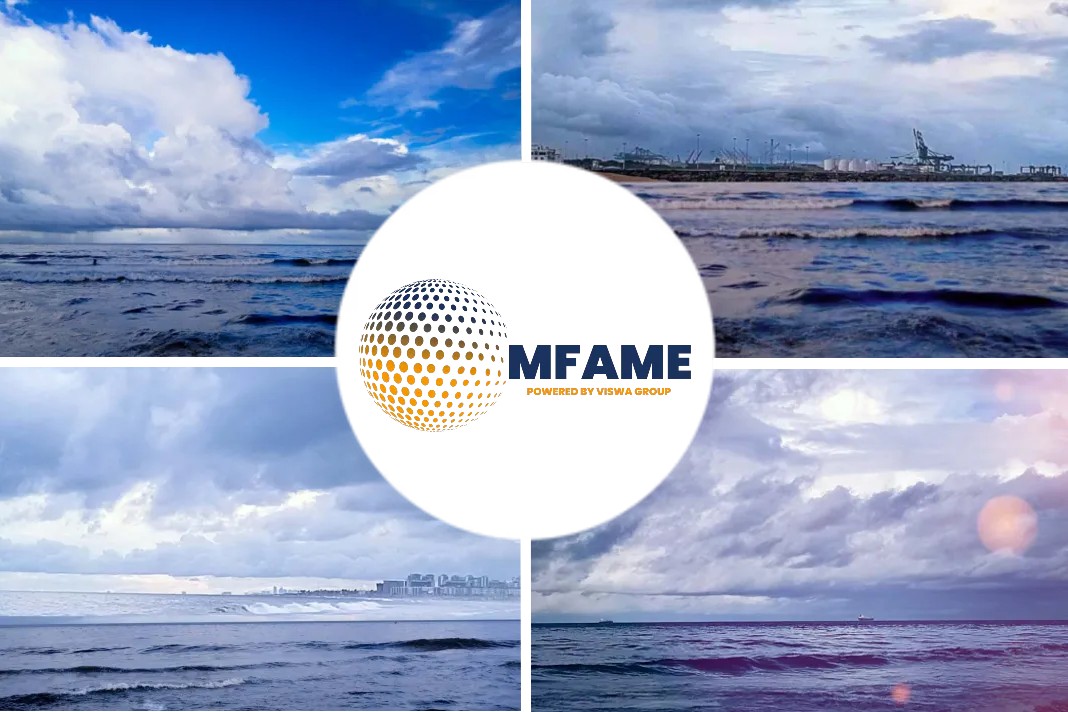
- WSC is the united voice of liner shipping, working to shape the future growth of a sustainable, safe, and secure shipping industry.
- WSC and several member lines are among the partners in the MARINE Top Tier study, which based on scientific analyses, studies, and desktop as well as real-life measurements, aims to develop specific, actionable and effective recommendations.
In an exclusive interview to SAFETY4SEA, Mr. John Butler, President and CEO of the World Shipping Council (WSC), highlights that safety comes first and, in that regard, WSC is working along with other members to prevent accidents due to unsafe cargo, reports Safety4Sea.
What are the top priorities in your agenda for the next five years?
WSC is the united voice of liner shipping, working to shape the future growth of a sustainable, safe, and secure shipping industry. Their members are international container and vehicle carriers that are extremely active in the areas of climate, environment and safety, and that is also their where many of their key priorities lie. When it comes to safety, we are concerned that we are still seeing dangerous cargo that has not been properly declared causing fires and explosions, hurting and killing vessel crew and transportation staff.
Despite government and industry effort to prevent these incidents through regulation and sharing of best practices, we are not seeing the progress necessary. As part of the Cargo Integrity Group, WSC works to improve safety, security and environmental performance throughout the logistics supply chain. Together we are co-operating on a range of activities to further support the adoption and implementation of crucial safety practices and regulations.
What actions do you take to enhance safety performance onboard?
We are working closely with their members on several ways to prevent accidents due to incorrectly declared unsafe cargo. Governments have a crucially important role, and in addition, as industry we have a responsibility to do their utmost to prevent accidents and injury. Connected to this is their work to reduce the number of incidents resulting in containers lost at sea. Over the course of three months late 2020 and early 2021 almost 3,000 containers were lost in a number of incidents in the western Pacific. This is far outside the norm and has understandably resulted in concerns about the possible contributing factors behind these incidents.
Tell us a few words about the MARINE Top Tier study. What is the focus and goals of the Initiative?
WSC and several member lines are among the partners in the MARINE Top Tier study, which based on scientific analyses, studies, and desktop as well as real-life measurements, aims to develop specific, actionable and effective recommendations. Initial results from the study show that parametric rolling in following seas is especially hazardous for container vessels, a phenomenon that is not well known and can develop unexpectedly with severe consequences.
To prevent further incidents a Notice to Mariners has been developed, describing how container vessel crew and operational staff can plan, recognize and act to prevent parametric rolling in following seas. The project continues to explore and implement preventive and risk-based measures to keep the loss of containers as close to zero as possible. And we welcome continued cooperation from governments and other stakeholders to accomplish this goal.
Given the challenges that shipping is facing in way of decarbonization, what sort of opportunities do you identify?
On climate & environment, we are working to drive and support the transition to zero GHG technologies and fuels for the shipping industry. It is an area where their members are already investing heavily and where we have for many years been in close dialogue with regulators and other maritime industry actors to work together to decarbonise the industry as quickly and efficiently as possible. The IMO is the key regulatory arena for the decarbonisation of the global industry, and we will continue to work with IMO member nations and other organisations for progress on what we see as the Six Critical Pathways to Decarbonisation.
What are the key actions that will make a step change in industry’s performance across a zero-emission future?
The establishment through the IMO of a substantial global price on carbon will be central for the industry’s ability to invest in zero GHG technology, and will create a powerful market signal to drive the integrated development of global production and supply of zero GHG fuels. Deliberate and strategic use of Green Corridors will help accelerate and ensure an equitable transition.
Other important factors are that regulations take a well-to-wake lifecycle perspective on fuels, so that demand and investments end up driving real GHG emissions reductions. We are looking to decarbonise shipping as soon as possible and will continue to lead the way in enabling shipping’s transition to zero. But we cannot do this alone. If we are to decarbonise shipping in line with the Paris agreement, the governments of the IMO must work together. For the sake of future generations and the future of shipping, their focus in the coming years must be to develop and implement innovative, concrete and equitable global regulatory frameworks.
What should be their key priorities for strengthening safety culture onboard and ashore?
Minimising incidents and accidents is at the top of liner shipping’s agenda, and in order to take the right corrective actions we need a deep understanding of what the incident causes are. The TopTier project is already delivering important insights, and work continues on on-board and on-shore measures to prevent incidents with containers lost at sea. Still, the majority of incidents occurring with container ship fires are due to improperly packed or declared cargo. It is crucial that all actors in the supply chain take their responsibility and pack, label and declare all dangerous goods correctly.
Did you subscribe to their daily Newsletter?
It’s Free! Click here to Subscribe
Source: Safety4Sea





















